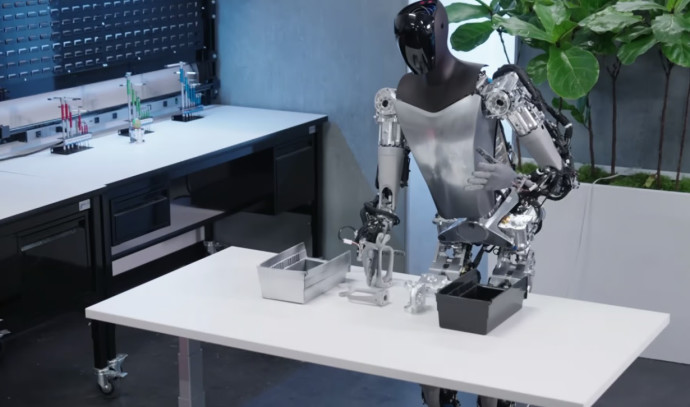On Tuesday night, the United States Senate passed a law to block TikTok, and...
The buzz in Marion, Illinois is palpable as plans for a $30 million multi-use...
On Wednesday evening at approximately 9:30 p.m., a collision occurred between passenger train 989...
Qualcomm Technologies has announced a significant update to the Snapdragon X Series platform portfolio...
The Cincinnati Bengals are facing the difficult decision of trading two of their star...
Meta’s Q1 earnings report has revealed that the company underestimated the cost of AI...
The clock is ticking for ByteDance, the Chinese company that owns TikTok, as a...
The USA has recently delivered long-range ATACMS missiles to Ukraine for use within Ukrainian...
Humanoid robots are being developed by several companies for various purposes, including addressing potential...
In a significant development, the Colorado High School Activities Association (CHSAA) has approved the...
:quality(75)/cloudfront-us-east-1.images.arcpublishing.com/elcomercio/LLNHNXR5IBF35AL7RHHEEVMUV4.jpg)






